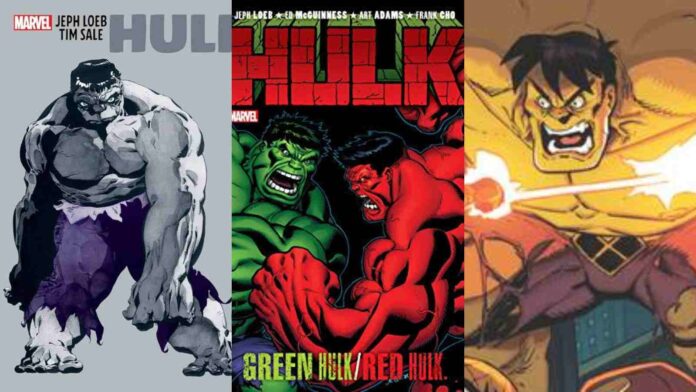The Hulk is one of Marvel’s most iconic characters. He is instantly recognizable by his massive physique and often his green skin. However, the iconic green wasn’t always the giant’s color.
Over the years, Bruce Banner‘s alter ego has taken on a variety of colors, each representing a unique version of the Hulk, from the well-known Red Hulk to the obscure Orange Hulk. So, let’s explore the many hues of the Hulk in the Marvel Universe.
Related: 5 Reasons Why Fans Want To See Wolverine Vs Hulk In The MCU
Green Hulk
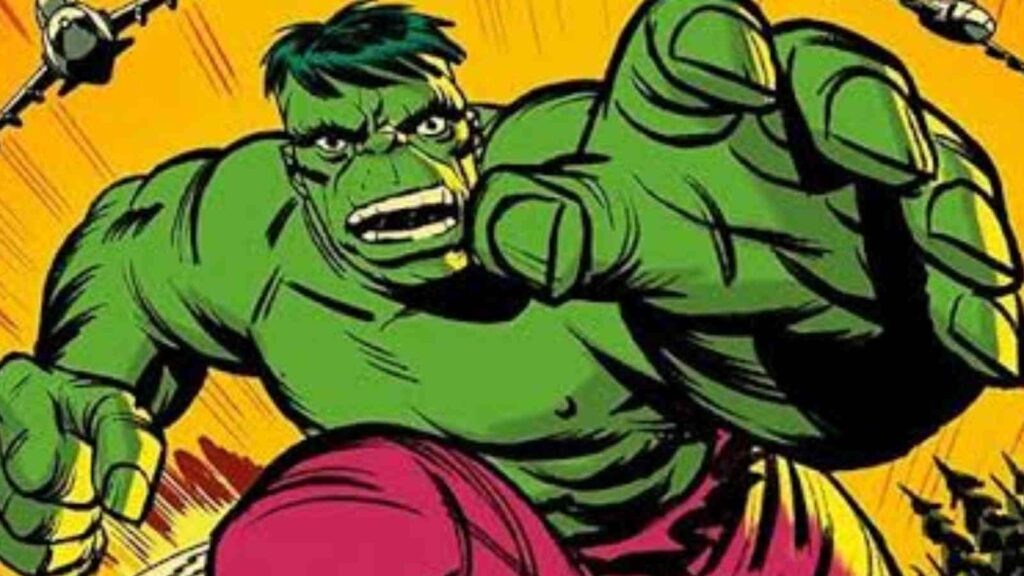
Green is the quintessential Hulk color. When we think about Hulk we think about green. Though it’s the most beloved version of the Hulk, the character wasn’t supposed to be Green. Bruce Banner’s frequent use of Gamma projectors led to the iconic green color.
Additionally, this Hulk represents the primal, savage side of Bruce Banner, who battles his inner demons in many stories. Other notable green incarnations include Professor Hulk, who merges Banner’s intelligence with Hulk’s strength, and Maestro, a tyrannical future version of the Hulk.
Gray Hulk
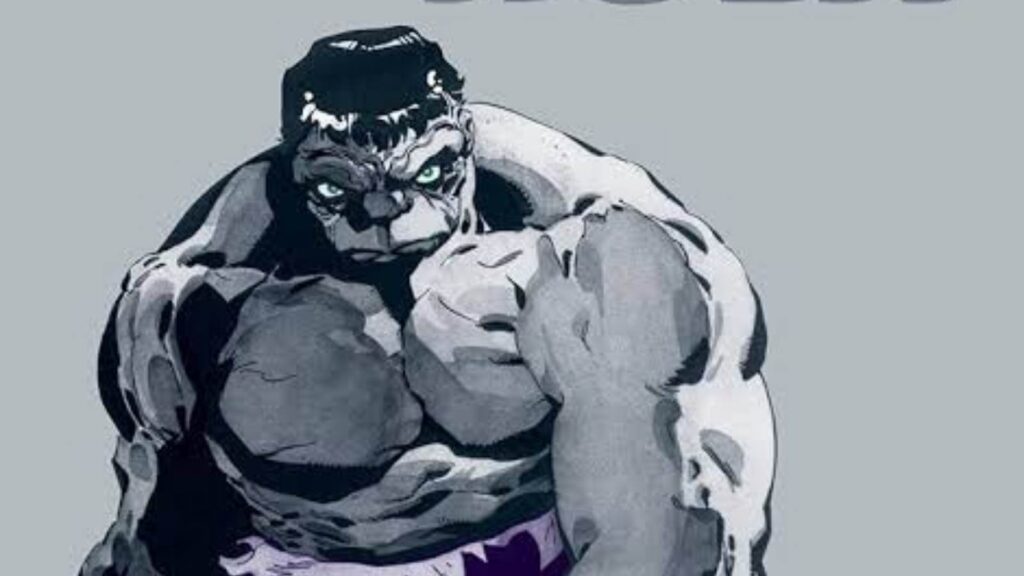
Originally intended to be gray, the Hulk’s initial appearance in The Incredible Hulk #1 didn’t quite pan out as planned due to printing issues. The Gray Hulk would later resurface in 1984 as Joe Fixit.
He was a crafty, street-smart Las Vegas enforcer who represents a darker, more cunning side of Bruce Banner’s personality. Though not as strong as the Green Hulk, the Gray Hulk is known for his wit and survival instinct.
Red Hulk
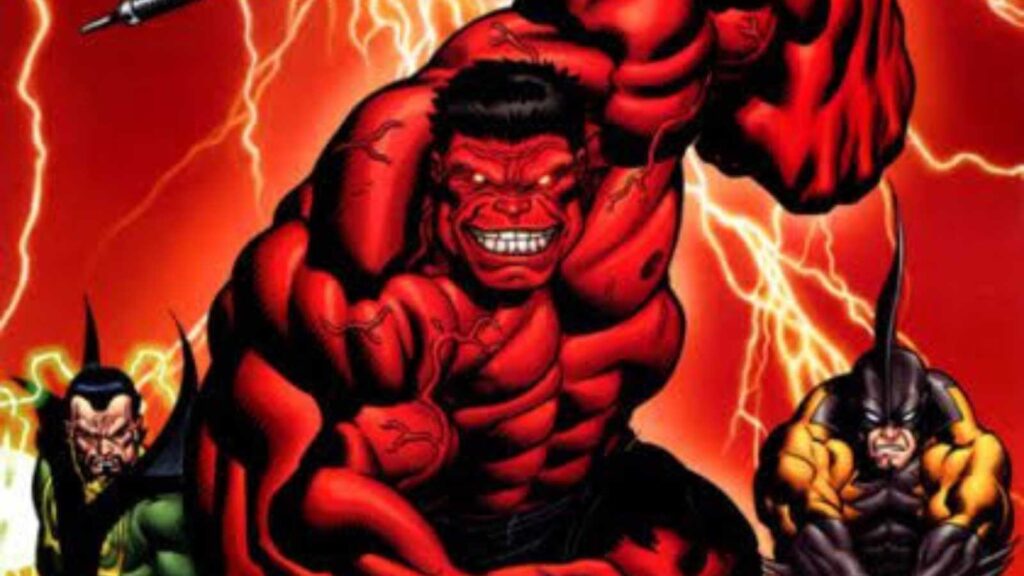
The Red Hulk is like the anti-hero of the Hulk family. He’s strong, smart, but utterly ruthless. This crimson colossus is actually General Thaddeus Ross, the Hulk’s longtime nemesis. It’s a shocking twist that adds a layer of complexity to the Hulk mythos.
Interestinly, the Red Hulk will appear in the upcoming ‘Captain America: Brave New Heart’ as the main antagonist. With strength equal to the Green Hulk and a tactical mind to match, the Red Hulk initially served as an adversary before his true identity was revealed. Moreover, a second Red Hulk, General Robert Maverick, was introduced in U.S. Avengers #1. He was designed to be a more controlled version of the Hulk with limited-time transformations.
In case you missed it: Hulk Vs Red Hulk: Who Would Win In A “Gamma Ray” Raged Fist Fight
Orange Hulk
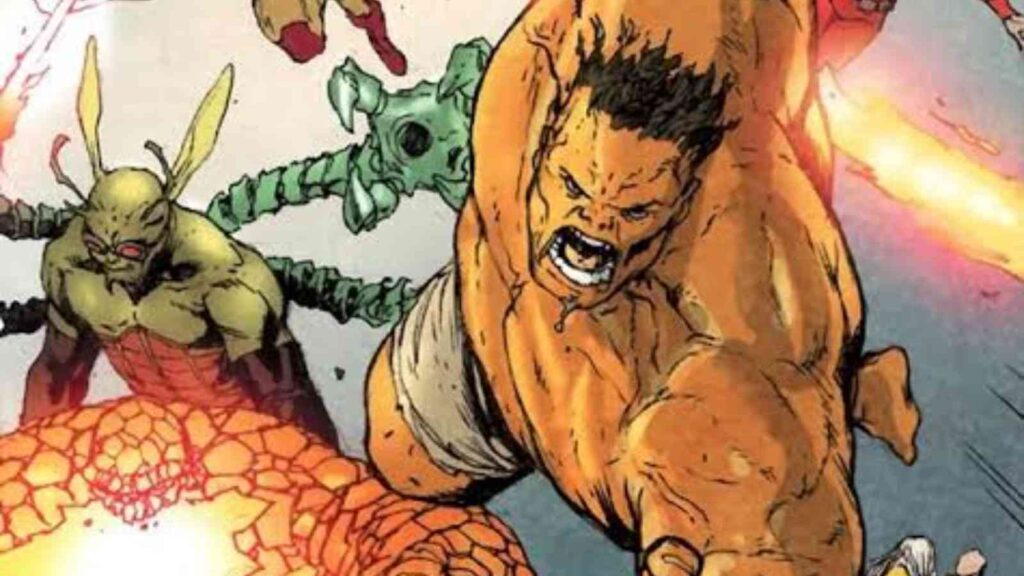
The Orange Hulk made his comic debut in 2011’s ‘Uncanny X-Force’ #12. This Hulk originated from a dystopian age. Instead of gamma radiation, this Hulk is powered by solar energy.
This makes him stronger when it’s daytime. He was created by the Black Legion and was one of the major antagonists of the X-Men. Orange Hulk’s powers have remained largely under the radar in the broader Marvel Universe
Yellow Hulk
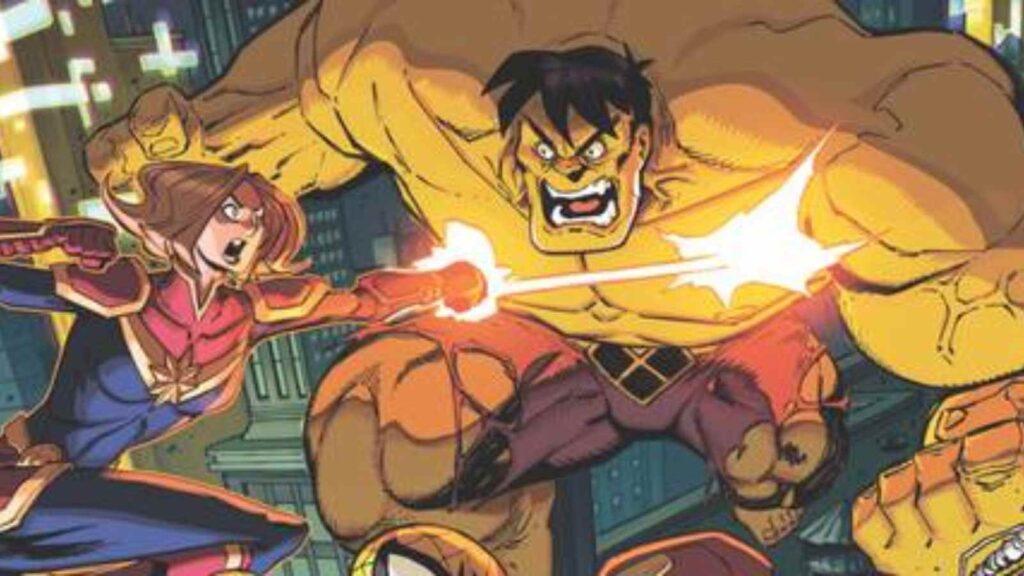
The Yellow Hulk is the newest addition to the Hulk family. He made his debut in ‘Marvel Action: Avengers‘ #9-10. This Hulk was created by A.I.M using weaponized demons known as Fear Eaters.
He is a part of the nightmarish scenario, where several Avengers are under A.I.M.’s control. The Yellow Hulk’s origins are steeped in horror, making him a formidable and mysterious foe. His bright yellow color hints at a new level of danger and
Blue Hulk
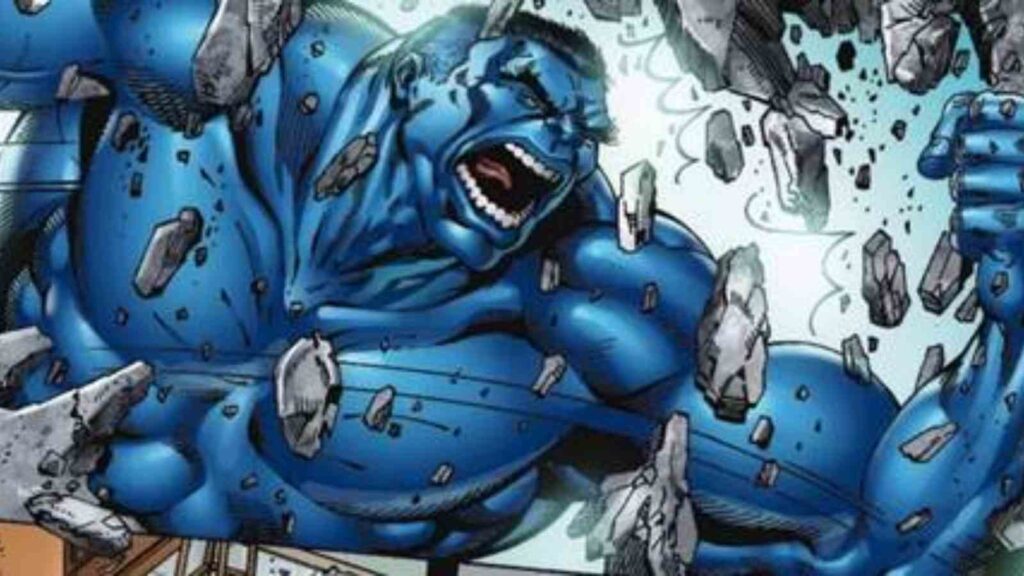
Imagine the Hulk with cosmic power. The Blue Hulk is one of the rarest and most powerful versions of the character. He appears as Captain Universe/Incredible Hulk #1.
This version emerged when the Hulk bonded with the Uni-Power. This led to him gaining cosmic abilities. Though his time as the Blue Hulk was brief, he made a lasting impression by declaring himself “The Strongest One There Is” after demolishing his enemies with ease.
Purple Hulk
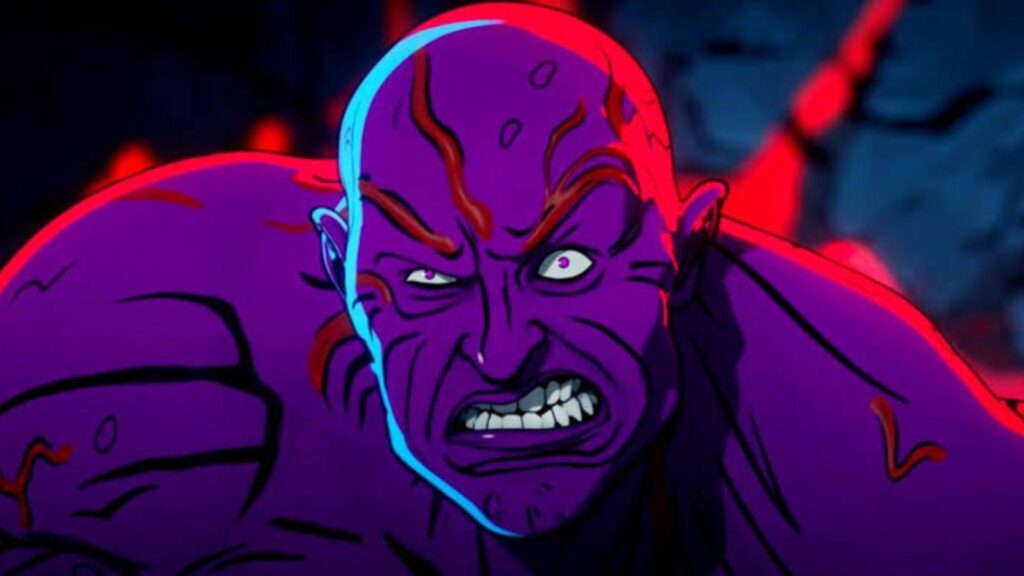
The Purple Hulk, also known as Dark Hulk, is also one of the scariest versions of the giant. He first appeared in ‘Incredible Hulk‘ #371. This Hulk is the result of possession by Shanzar, the Sorcerer Supreme of the Dark Dimension.
In this form, the Hulk is a terrifying force of destruction. He was only stopped when Bruce Banner managed to confront Shanzar in his mind, forcing the entity to flee. The 1996 Incredible Hulk animated series later depicted this Hulk with a purple hue.
You might like to read:

